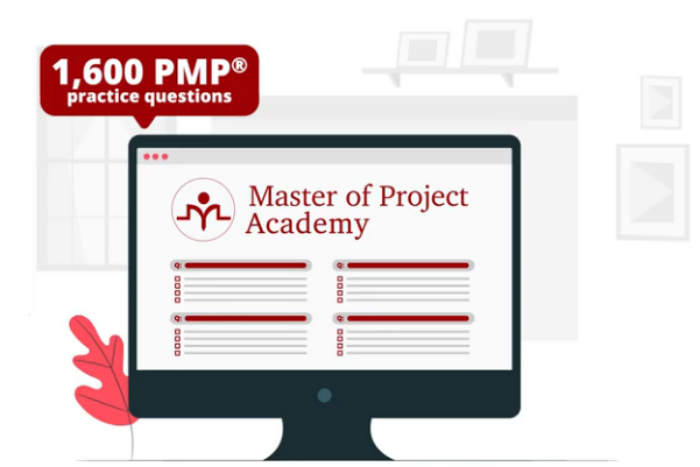When completing projects and optimizing your business, there will come a time when you need to rely on outside contractors and suppliers for support. There are three main types of request documents: request for information (RFI), request for quotation (RFQ), and request for proposal (RFP). But what are each of these documents and when should they be used? Read on to learn more about each type as we compare RFIs vs RFQs and RFPs.
Read more: What is Project Management?
Defining RFI, RFQ, and RFP
RFI
A request for information, or RFI, is a document that an organization will request when gathering information about outside vendors in order to understand how they could fit into potential business opportunities. This research-based document is requested at the earliest stage of bidding and tendering, long before any type of work offer is extended. Simply put, the RFI provides a baseline of information to an organization so they can decide how outside contractors and service providers can fit into business needs.
This request includes various components, such as background about your business, highlights about your wins, and areas of expertise and services or products you provide.
RFP
A request for proposal, or RFP, is the most detailed out of the three request types. This document is extremely personalized based on the needs of the inquiring organization and the capabilities and offerings of the responding organization. An RFP is frequently used when an organization is looking to hire a specific type of vendor to fill a predetermined business need, meaning they are comparing each individual vendor against each other to find the best match.
This request includes various components, such as project details, a company introduction, an outline of projected outcomes, costs, a timeline, and more.
RFQ
A request for quotation, or RFQ, is most frequently used when companies are looking to purchase a specific good or service and comparing pricing from multiple suppliers to get the lowest cost possible. This document is straightforward and lacks the details of an RFI or RFP, focusing only on pricing for various types of products and services.
This request includes various components, such as a point of contact for the potential buyer to speak with, pricing information, and an outline of the products and services you offer.
Differences between RFI, RFQ, and RFP

Read more: Guide to Bidding & Tendering Process for Project Management
Tips for Preparing Request Documents
RFI
An RFI is an opportunity to highlight the best your business has to offer—the time to go all out. While the focus of the RFI should be to provide thorough information about your products and services, it’s also an appropriate time to accentuate any company achievements and awards you hold. Emphasize what makes you stand out from the competition and what your areas of expertise are.
RFQ
When preparing an RFQ, it’s best to get right to the point without too much “fluff” about your business and services. At this phase, businesses are strictly interested in pricing information. When preparing an RFQ, it’s helpful to have pricing information updated already, so consider keeping your pricing information in one cohesive spreadsheet or document that can be updated frequently.
RFP
An RFP is a detailed document and will likely take considerable time to prepare. This type of document requires you to find the middle ground between highlighting why your business is the best choice to fulfill the job while detailing, in specific, how you would carry out the task. Designs and visual aids can be helpful when preparing an RFP, as it makes it more appealing to stakeholders.
Read more: Key Project Management Terms and Concepts





